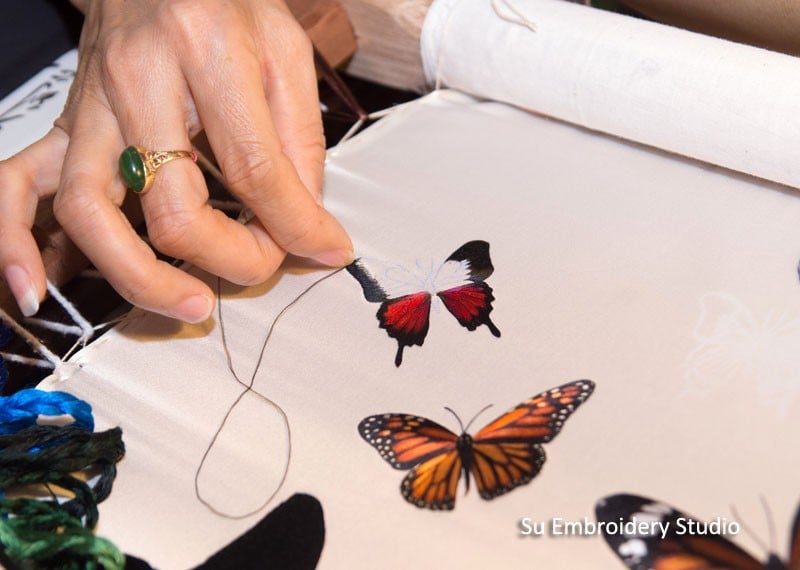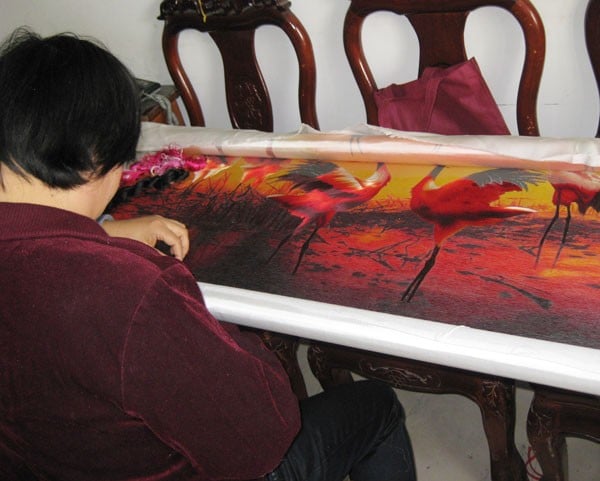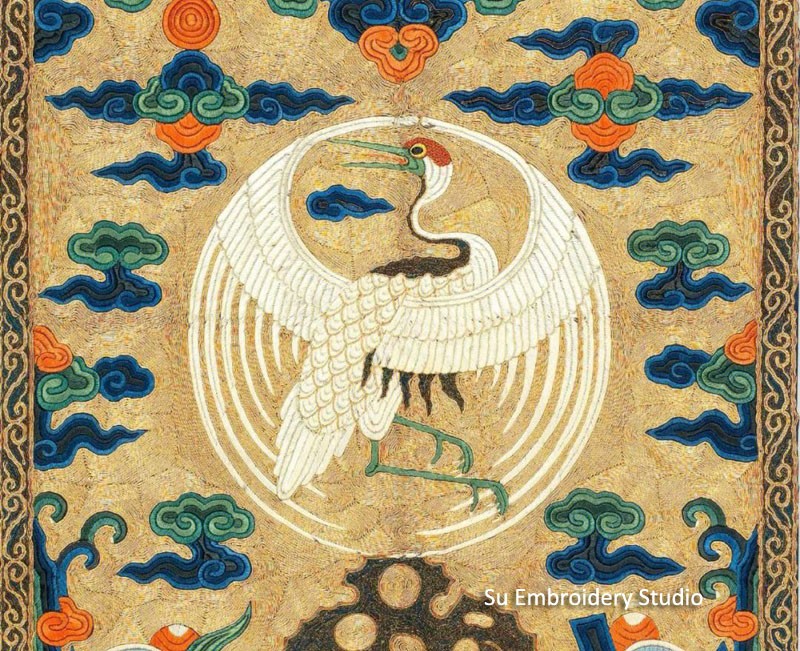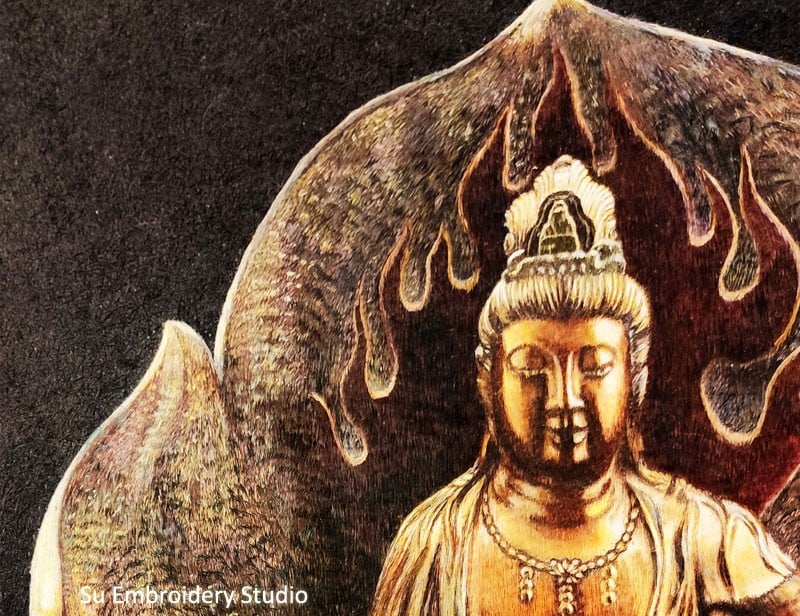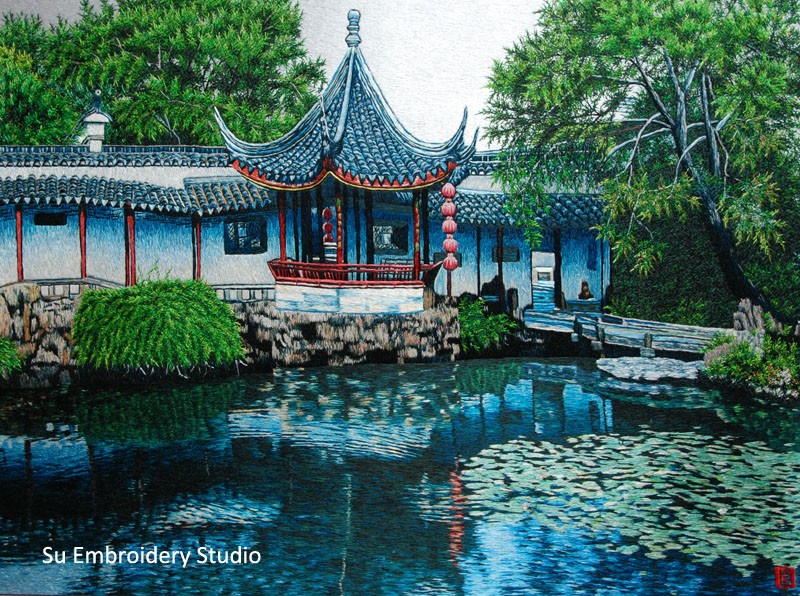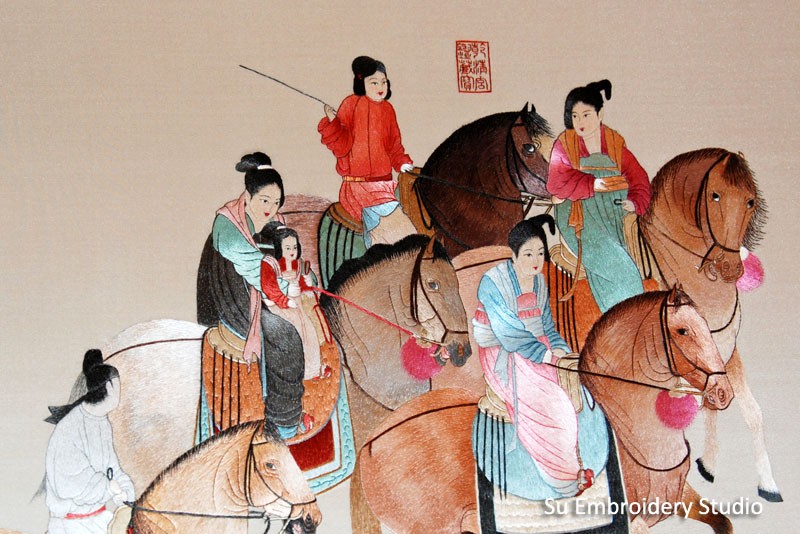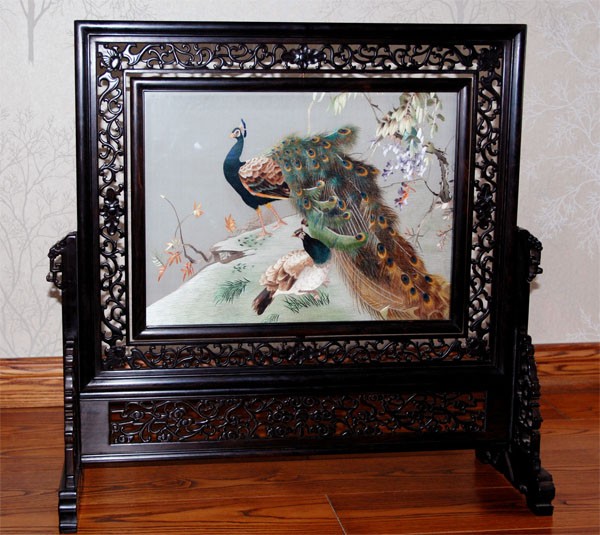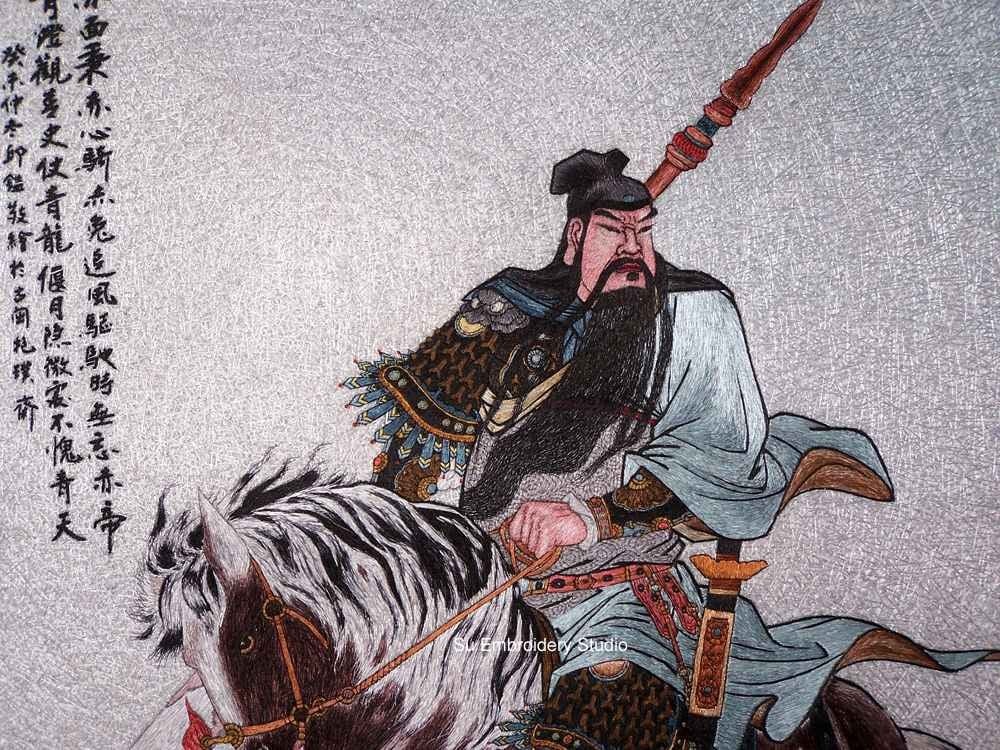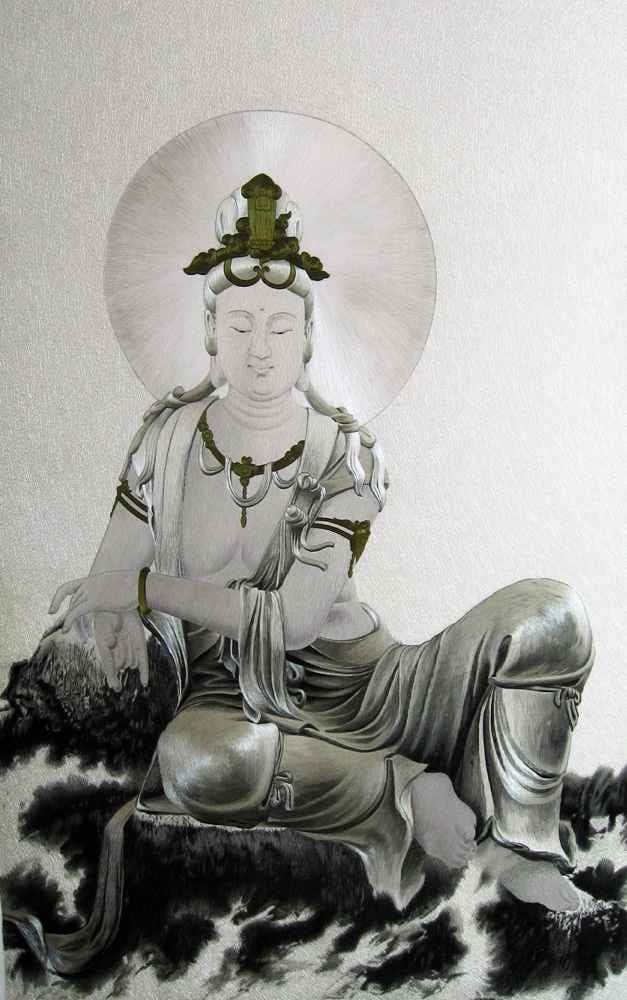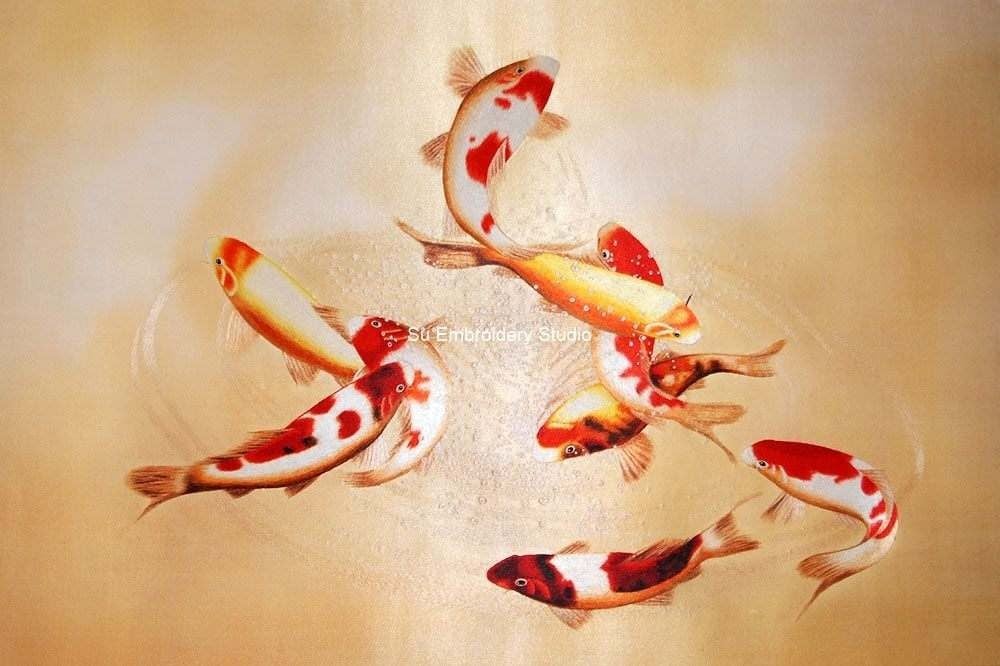Home
Chinese Silk Embroidery Blog Suzhou
Suzhou
Dec 06 2023 Tools for Making Chinese Suzhou Silk embroidery
Let's take a closer look at the essential instruments employed in the craft of Suzhou embroidery.
Dec 06 2023 Chinese Embroidery Artists in Suzhou
We should also remember the contribution made by those unknown embroidery ladies working in the embroidery villages in Suzhou. Some of them have talents and skills in silk embroidery parallel to the well known embroidery artists.
Dec 05 2023 Chinese Suzhou Embroidery and Rank Patches
The system of symbolism extended to official gowns, with rank patches, known as "buzi" in Chinese, adorning the front and back. These embroidered rank patches featured an array of animals, each design signifying the wearer's position
Dec 04 2023 A Hidden Oriental Jewel - Chinese Hand-Made Silk Embroidery
"Silk embroidery" - an ancient Chinese artistry - has long dwelled in obscurity in the West, its intricate beauty and unparalleled craftsmanship hidden in plain sight
Dec 04 2023 How Suzhou Embroidery Forged Its Unique Identity
In Suzhou, the needles used by embroidery artists were akin to the brushes wielded by painters. The meticulousness, patience, and gentleness that characterized the people of Suzhou manifested in every stitch and thread.
Dec 04 2023 Suzhou Embroidery: A Legacy Created by Women
By amalgamating her diverse experiences, including Japanese embroidery techniques and Western sketching and oil painting methods from Europe and America, Shen set a groundbreaking standard for Chinese embroidery.
Dec 02 2023 Introduction to Chinese Double Sided Embroidery from Suzhou, China
Chinese double sided embroidery, also known as double sides embroidery or two-faced embroidery, is a technique in which stitching takes place on both sides of a single transparent silk fabric. The design shows on both sides
Categories
Recent Posts
Recent Posts
Suzhou Embroidery
animal
hand embroidery
customer story
flower
embroidery history
custom embroidery
double sided silk embroidery
embroidery artist
Suzhou Embroidery Institute
Buddhism
Japanese embroidery
exhibition
embroidery fabric
Indian
handmade or machine-made
Chinese silk embroidery value
embroidery fashion
Guanyin
bird
portrait
Scotland
landscape
frame embroidery
Young Yang Chung
Hungarian
Macedonia
Palestinian
Slovak
Shu embroidery
Xiang embroidery
Yue embroidery
how to date Chinese embroidery
price
cross stitch
embroidered thangka
review
crewel
panda
Mona Lisa
embroidery fan
Texas
Malaysia
Kuala Lumpur
water town
dragon robe
cherry blossom
chrysanthemum
bamboo
orchid
Terms of Use, Privacy Policy, Sitemap, © 2024 Su Embroidery Studio

